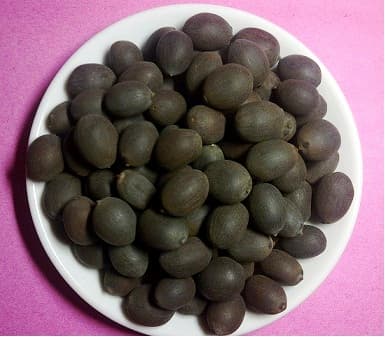

Lotus ( Nelumbo nucifera) is an aquatic plant, belonging to the mono-generic family Nelumbonaceae.
#LOTUS SEED UPDATE#
In this context, this review will provide an update on the current technological platforms, and workflow associated with metabolomic studies on lotus seeds, as well as insights into the application of metabolomics for the improvement of food safety and quality, assisting breeding, and promotion of the study of metabolism and pharmacokinetics of lotus seeds meanwhile it will also help explore new perspectives and outline future challenges in this fast-growing research subject. Thus, comprehensive metabolomic profiling of these metabolites is of key importance to help understand their biological activities, and other chemical biology features.

Not only have these metabolites greatly contributed to the biological process of lotus seeds, but also have been reported to possess multiple health-promoting effects, including antioxidant, anti-amnesic, anti-inflammatory, and anti-tumor activities. Except for the nutritive values of lotus, there has been increasing interest in its potential as functional food due to its rich secondary metabolites, such as flavonoids and alkaloids. It is very stimulating that almost all parts of lotus have been consumed as vegetable as well as food, especially the seeds. Lotus ( Nelumbo nucifera), which is distributed widely throughout Asia, Australia and North America, is an aquatic perennial that has been cultivated for over 2,000 years. 2Sino-Africa Joint Research Center – Chinese Academy of Sciences, Wuhan, China.1Key Laboratory of Plant Germplasm Enhancement and Specialty Agriculture, Wuhan Botanical Garden – Chinese Academy of Sciences, Wuhan, China.Mingzhi Zhu 1, Ting Liu 1 and Mingquan Guo 1,2*


 0 kommentar(er)
0 kommentar(er)
